How to Repair Windows 10 Using a USB
Having trouble with your Windows 10 computer? This article will help you learn how to repair it using a USB drive! Follow the step-by-step instructions for a hassle-free repair experience.
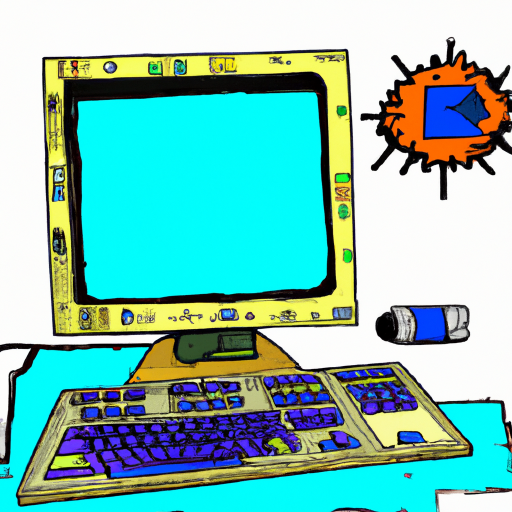
Windows 10 is the latest version of Microsoft’s operating system. It comes with a lot of powerful features and tools that are designed to make your computing experience smoother and more efficient. Unfortunately, like any other technology, it can occasionally run into problems. This can be anything from a corrupted registry, to a virus, to an application that won’t run. Fortunately, you can repair Windows 10 using a USB drive.
Creating a Repair USB Drive
The first step to repairing Windows 10 is to create a repair USB drive. This drive will contain all the necessary files and tools to fix your system.
To create your repair USB drive, you’ll need a USB drive with at least 8GB of storage space. You will also need a Windows 10 installation disc or ISO file. If you don’t have an installation disc, you can download an ISO file from Microsoft’s website.
Once you have your USB drive and installation disc/ISO file, you’re ready to create your repair drive. To do this, insert the USB drive into your computer and open the “Create a system repair disc” wizard. This can be found on the “Recovery” tab of the “System” control panel.
In the wizard, select your USB drive as the destination. Then, select the installation disc/ISO file as the source. Finally, click “Create” to start the process. This process may take a few minutes, so be patient. Once it’s finished, your repair USB drive is ready to use.
Booting From the USB Drive
Once your repair USB drive is ready, the next step is to boot from it. This is done by setting the USB drive as the primary boot device in your computer’s BIOS. To do this, restart your computer and press the appropriate key to enter the BIOS. This key is usually F2 or Delete, but it may be different depending on your computer’s make and model.
Once you’re in the BIOS, go to the “Boot” tab and select the USB drive as the primary boot device. Then, save your changes and exit the BIOS. Your computer will now boot from the USB drive.
Using the Recovery Tools
Once your computer has booted from the USB drive, you’ll be presented with a list of recovery tools. These tools are designed to diagnose and repair any problems with your system.
The first tool you should use is the “Startup Repair” tool. This tool will scan your system and fix any problems it finds. It may also attempt to repair any damaged system files.
If the Startup Repair tool doesn’t fix your problem, you can try using the “System Restore” tool. This tool will allow you to restore your system to a previous point in time. This can be useful if you’ve recently installed a program or driver that’s causing your system to crash.
Finally, you can try using the “System Image Recovery” tool. This tool will allow you to restore your system to a previous system image. This is useful if your system is so damaged that it can’t be repaired.
Conclusion
In conclusion, repairing Windows 10 is easy with a USB drive. All you need is a USB drive with at least 8GB of storage space and a Windows 10 installation disc or ISO file. Once you have both of these, you can create a repair USB drive and boot from it. This will give you access to a variety of recovery tools that can help you diagnose and repair any problems with your system. With a little bit of patience, you should be able to get your system running smoothly again.
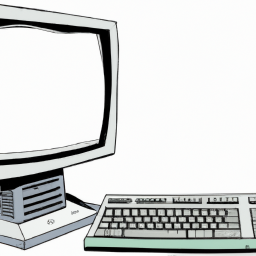
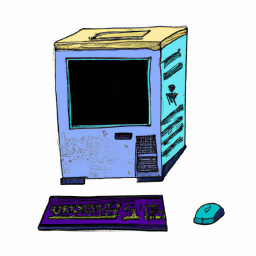
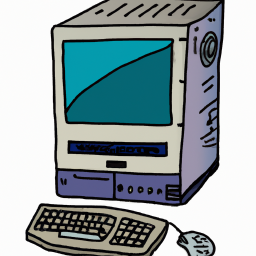

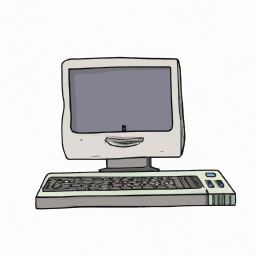
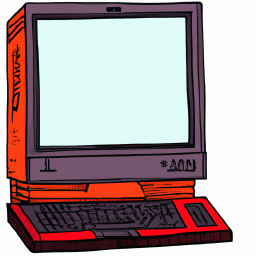

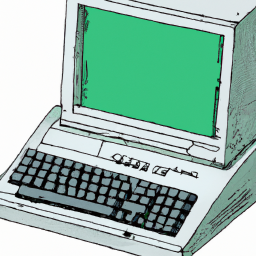
Terms of Service Privacy policy Email hints Contact us
Made with favorite in Cyprus